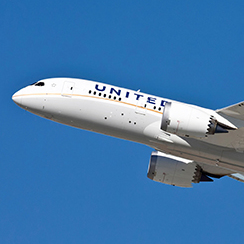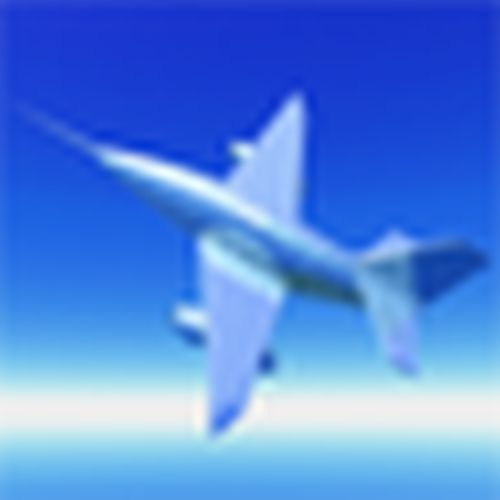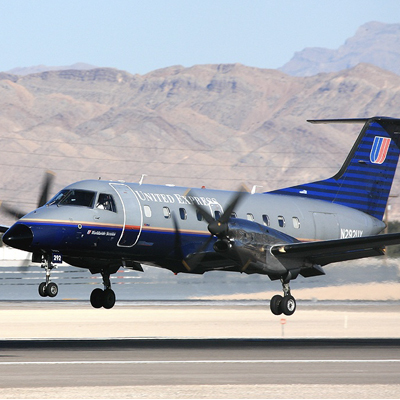Behind the Iron Curtain, An-10 crash near Kharkov was a major deal in aircraft design, manufacturing, maintenance and operation.
https://en.wikipedia.org/wiki/Aeroflot_Flight_1491AFAIR, a very new and light-weight alloy was used in center wing box of this airplane model. The alloy would degrade with time; vibration sped up this aging.
The situation was exacerbated by the fact that the plane was certified for operating from unpaved strips (grass, other rough fields).
Designers, Antonov Design Bureau (Kiev, Ukraine), did the necessary testing to prove this capability, but never realized that the operators (various operating companies of Ministry of Air Transport of USSR, a.k.a. "Aeroflot") would continuously abuse the frames in this way. When the degradation from increased stresses and vibration was initially observed, the designers issued a bulletin to fix the problem (basically manufacturing new center wing box and replacing on all airplanes). The manufacturer (Voronezh aviation plant, Russia), being part of Ministry of Aircraft Production of USSR, was too busy with urgent (apparently military) orders, and in general this order was not in their five-year plan; modification was postponed to some later date. So the fleet continued to fly to whatever available fields and accumulate fatigue until flight 1491 crashed. An-10 was immediately retired, despite being a money-maker for Aeroflot, and safety again returned as a priority for the participating parties.

















